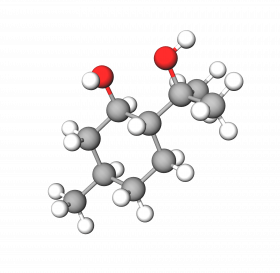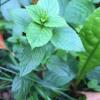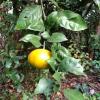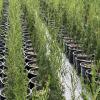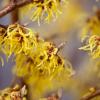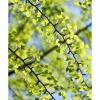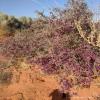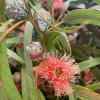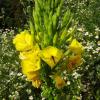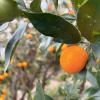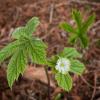There have always been "natural" remedies that indigenous populations have used in most parts of the tropics – their reported effectiveness has become part of local folklore. These include Neem bark, Eucalyptus leaves, and Myrrh oil.
Some of these materials contain PMD and will affect the larvae of mosquitoes; through this action, it is assumed that they will also be repellent to fully grown mosquitoes. The Chinese have a general phrase for repellents – Quwenling, meaning "effective repeller of mosquitoes."
Menthanediol (para-menthane-3,8-diol or PMD) is a naturally derived insect repellent comparable to synthetic ingredients currently available. Its molecular structure is close to Menthol, providing a cooling effect.
Menthanediol has been shown to reduce the bites of mosquitoes, horseflies, ticks, and biting midges. At a concentration of 20%, it is effective for approximately 4 hours against the Anopheles Gambiae mosquito. It has been proven to be an effective, naturally derived insect repellent.Comparative tests showed that Menthanediol was superior to Citronella, a product most people think of when natural repellents are mentioned. Another test showed that a repellent active PMD increases the duration of repellency by using a higher concentration.
